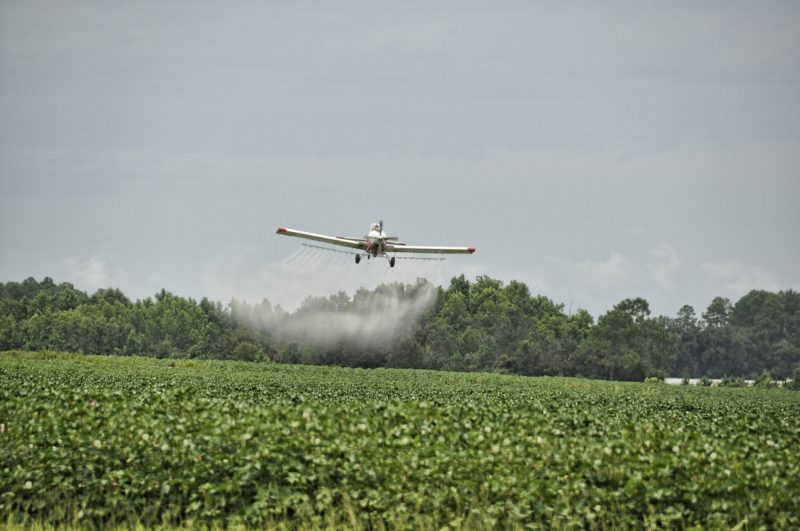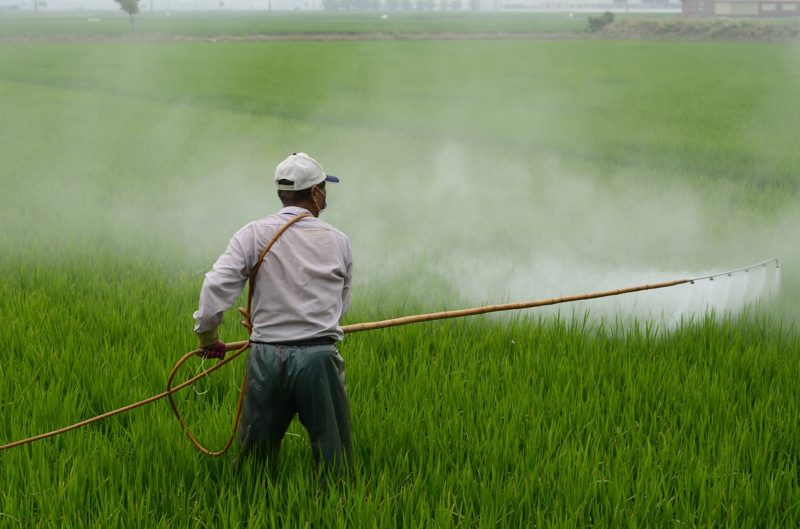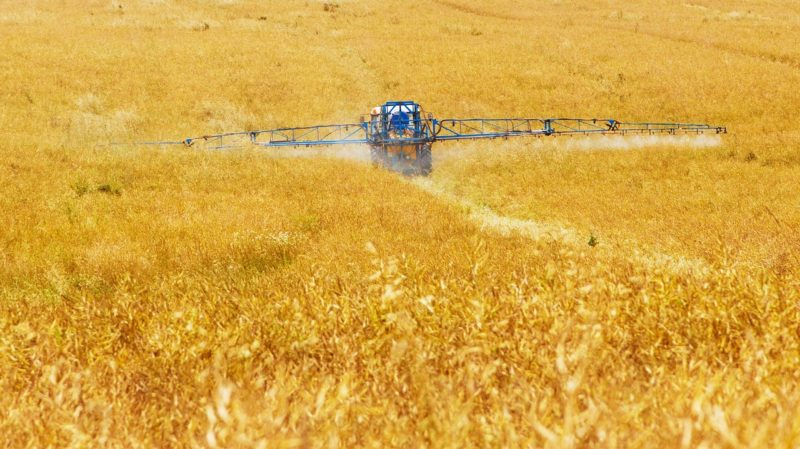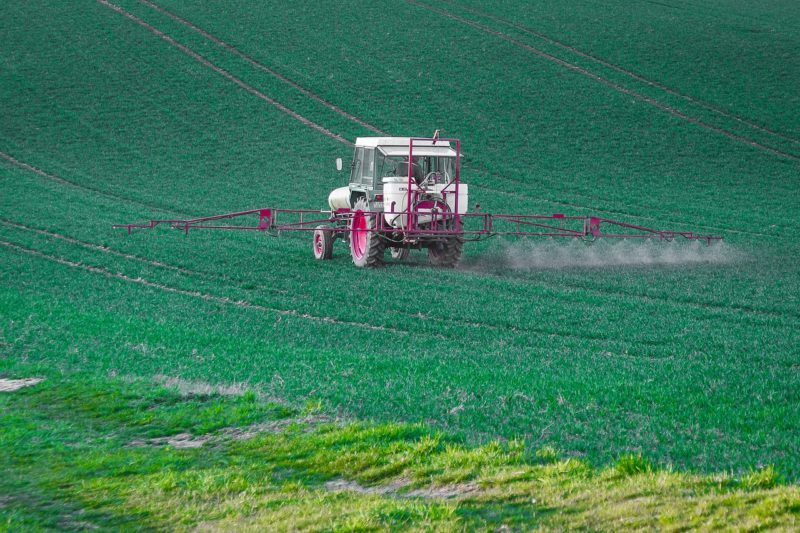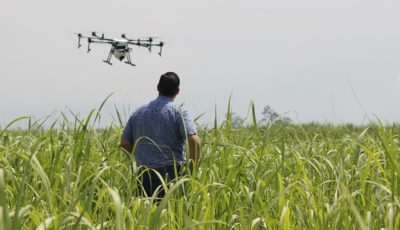Paraquat and Glyphosate: Dangers of the Two Most Common Herbicides
Just one average farm or ranch in a rural region of the United States produces enough food to feed roughly 166 people across the country. The American Great Plains region accounts for over 50 percent of the nation’s wheat and 36 percent of barley production, and is also often considered the world’s “breadbasket.”
Growing produce on this massive of a scale requires many measures to ensure the quality of the crops so that farmers can make a profit. Often, some of these measures require the use of pesticides and herbicides to keep crops safe from weeds and bugs.
The problem with this is that many of the commercially produced herbicides and pesticides are extremely toxic to humans. Glyphosate and Paraquat are two of the more common chemicals that are known to cause cancer and other illnesses such as Parkinson’s disease after exposure.
Here, we’ll explore the dangers of using these chemicals.
Paraquat
Currently, as of 2021, six lawsuits in three different U.S. states have been filed against the companies that produce Paraquat; Syngenta and the Chevron Phillips Chemical company.
Paraquat has been sprayed on farms and ranches throughout the United States, and in doing so, many of the workers who have had high exposure to this chemical have developed debilitating medical conditions.
Paraquat is highly toxic and can be fatal if a trace amount is swallowed. These chemicals have been known to cause several health problems not only for those who have treated fields with the chemical agent but for those who have entered and worked in fields after application.
Some of the health conditions that Paraquat is thought to have caused include cancer, respiratory problems, poor lung functionality, and the development of Parkinson’s Disease.
Currently, despite several countries banning the use of Paraquat, this chemical remains the most commonly used weed killer across the globe.
Glyphosate
Glyphosate is another common herbicide applied to large fields to help combat invasive broadleaf plants and grasses. This chemical has been in use in the United States since the mid-1970s and has been so heavily used that trace amounts of the chemical can be found in roughly 70 percent of rainwater samples collected from around the country.
Glyphosate is the active chemical agent found in Roundup, the popular weed killer that has been the subject of several class-action lawsuits. It’s also a chemical present in over 750 products sold throughout the United States.
For humans, direct exposure to Glyphosate has resulted in numerous medical conditions. Many of these conditions range from minor irritation of the eyes, nose, and throat to severe burning and scarring in the mouth and throat.
Glyphosate also has been known to increase saliva production, vomiting, diarrhea, and death. Several studies are still underway regarding the chemical’s ability to cause various forms of stomach cancers.
Despite all of the dangers surrounding Glyphosate, it still ranks as one of the most commonly used herbicides in the world, even in non-commercial applications.
Moving Forward
With the rise of numerous lawsuits all surrounding the use of these herbicides, many are beginning to take notice and stop using chemical pesticides and herbicides altogether.
Natural methods are becoming more attractive solutions to preventing pests and weeds in both small home gardens and on large-scale farms and ranches. Many of these natural methods include the use of acetic acid, essential oils, and the planting of natural pest-deterring plants and herbs.
While using vinegar spray has been commercialized at higher concentrations of acetic acid, the effectiveness of using harmful chemicals is still preferred for many ranchers and farmers across the globe. This is largely due to the price and effectiveness of spraying chemicals over natural herbicides.
At the end of the day, by applying these harmful chemicals to our crops, we’re also making it possible for consumers to ingest these harmful compounds. While lawsuits continue to be brought against the manufacturers of these chemicals, these chemicals still are being used widely.
It is only through educating the public about these health concerns that many farmers have finally begun to heed warnings and have discontinued their use.

